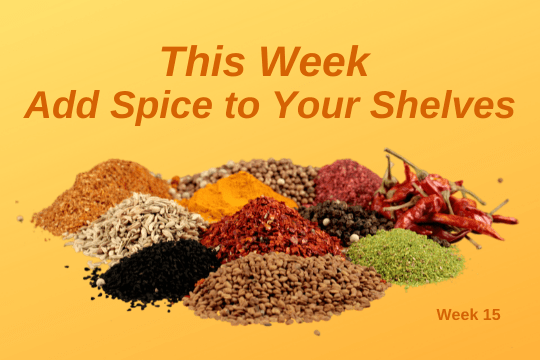Preparedness Challenge Week 15
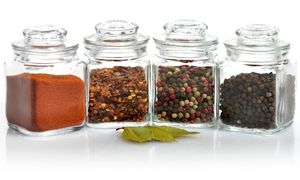
Thanks for joining the 2022 Preparedness Challenge!
This week’s challenge is to stock-up on spices and herbs. The right spices and herbs go a long way to break up food monotony and will jazz up many recipes and transform ordinary storage foods into delicious meals. Don’t skimp on herbs, spices, and other seasonings!
What is the Difference between a Spice and an Herb?
SPICES
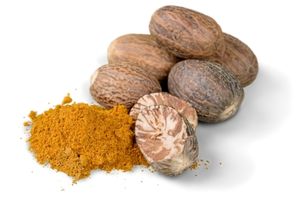
Spices come from the non-leafy parts of a plant like the bark, root, stem, or seed. Examples are peppercorns, cinnamon bark, nutmeg, ginger, and allspice. Spices are usually dried and may be ground or used whole. Most spices grow only in tropical climates, so people who live in temperate climates rely on imported spices as they have for centuries.
HERBS
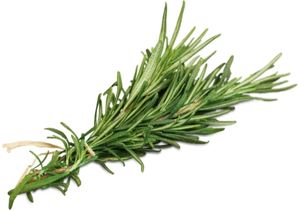
An herb is the leafy part of a green plant such as the leaves of basil, mint, oregano, parsley, rosemary, sage, and thyme. Herbs are most flavorful when they are fresh but are often dried to preserve them. Most herbs can be grown in a temperate climate.
AROMATIC VEGETABLES
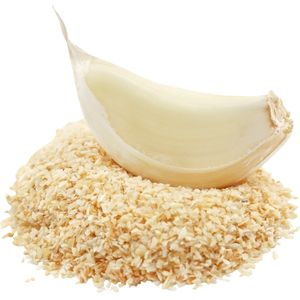
Aromatic vegetables such as garlic, onions, celery, and hot peppers are often used for seasoning. They may be used fresh or dried. And some plants are both an herb and a spice, such as dill weed and dill seed and cilantro and coriander seed.
SPICE AND HERB BLENDS
Some favorite seasonings are combinations of spices and/or herbs. For example:
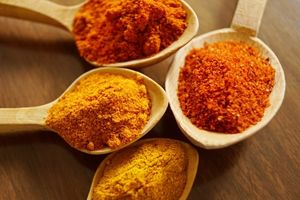
- Chili powder is a combination of ground chili, cumin, oregano, and garlic.
- Curry is a blend of turmeric, cumin, ginger, and black pepper.
- Italian seasoning is traditionally a blend of oregano, basil, rosemary, thyme, and marjoram.
- Cajun seasoning contains paprika, cayenne pepper, black pepper, garlic powder, onion powder, chili powder, and sometimes red pepper flakes, oregano, and thyme.
There are many variations of spice and herb mixtures, and with a good supply of common spices and herbs and a few recipes, you can make your own blends. For example, you can easily make your own poultry seasoning, pumpkin pie spice, or taco seasoning. Making your own is less expensive and will decrease the number of containers lining your shelves.
What Spices and Herbs Should You Have in Your Food Storage?
Begin this week’s preparedness challenge by taking inventory of the spices and herbs in your cupboards. Discard spices or herbs that you don’t use or that have lost their potency and are past their useful shelf life. Create a master list of your favorite spices. Identify which spices you need to add to your pantry.
Keep It Simple—Choose Five Spices and Herbs to Add to Your Storage
For simplicity, start by updating your pantry with five spices you use day-in-and-day-out. Opinions vary about which spices and herbs are essential, so you decide which ones are necessary in your kitchen. You might begin with these popular spices:
- Black pepper corns
- Chili powder
- Cinnamon
- Garlic powder
- Italian seasoning
If these don’t suit you, then begin with your five favorite spices, herbs, or blends.
Keep it simple—Start with your five favorite spices.
It may be difficult to choose only five spice and herbs s to include in your storage, so of course, add more to your list if you want.
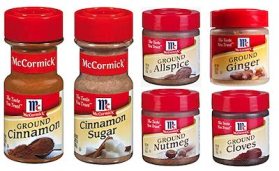
Consider spices for sweet foods as well as for savory foods. Spices frequently used for cooking and baking sweets include:
- Allspice
- Cinnamon
- Cloves
- Ginger
- Nutmeg
- Vanilla.
What Is the Best Way to Store Spices and Herbs?
Purchase spices and herbs that you use frequently in large, economical containers and keep them in a cool, dry, and dark location to prolong their shelf-life. Keep a smaller, refillable container in your pantry for convenience. Label the purchase date on containers to help monitor shelf life.
Store spices and herbs in airtight containers to prevent evaporation of oils and aromas and to limit oxidation. Glass containers are better than plastic, since plastic allows some air to pass through.
SPICES
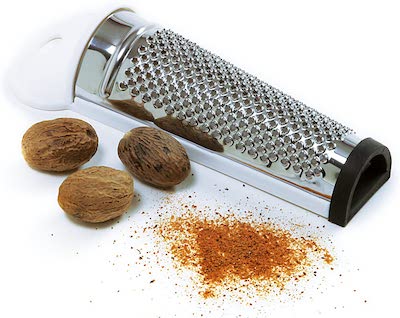
- Store whole spices when possible.
- Whole spices keep their aromatic quality longer than ground spices because they have less surface area exposed to oxidation.
- Whole spices have a shelf life of three to five years.
- Ground spices have a storage life of about two years.
- Purchase a nutmeg grater and a spice mill.
HERBS
- Purchase herbs that have fresh, bright colors with strong characteristic aromas.
- Herbs should also be stored in airtight containers in a cool, dark, and dry location.
- To increase shelf life, store herbs in a glass Mason jars with oxygen absorbers or in vacuum sealed bags.
- Herb leaves have a storage life of two to three years.
Growing Your Own Herbs
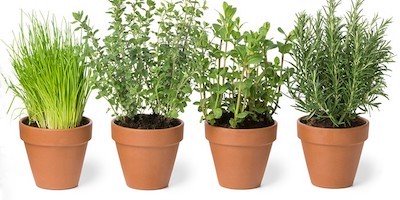
Herbs are incredibly easy to grow! Try growing them in a windowsill planter, a patio pot, a dedicated herb garden, a section of a vegetable garden, or even in the landscape.
BASIL
My all-time favorite herb to grow is basil. It is an annual that loves warm soil and hot summer days. All summer long, I use as many fresh leaves as I can! When the plants mature, I harvest batches of the leaves to make pesto. I freeze the pesto in ice cube trays and vacuum seal four to six pesto cubes at a time in little packages. I toss them with pasta, add them to sauces and soups, and spread them on baguettes.
PERENNIAL HERBS
My favorite perennial herbs are chives, oregano, thyme, lavender, and mint. These can all handle Zone 4 hardiness. These herbs die back in the winter, but come back in spring.
ROSEMARY
Some lucky people live in a climate where rosemary is a perennial, but it can’t handle temperatures below 30 degrees (F). In a cold climate it can be brought inside to extend its season.
Preserving Fresh Herbs
PRESERVE HERBS BY DRYING
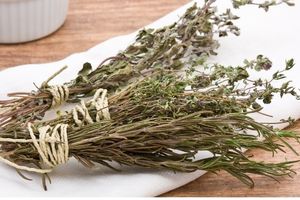
Herbs are traditionally preserved by drying. Use the freshest herbs possible, the best option is to dry herb leaves from your own plants. Harvest herbs in mid-morning when dew has evaporated and when oils and fragrance are most potent. Herbs can be dried using several options.
- Air-dry separate leaves on paper towels, out of the sun.
- Hang bundles of herb sprigs and air-dry.
- Microwave herb leaves.
- Oven dry at low temperature (100 degrees F). (You may have to heat the oven and then turn it off.)
- Dry herbs in a food dehydrator.
PRESERVE HERBS BY FREEZING
A second way to preserve fresh herbs is by freezing them. Here are two options.
OPTION 1
Remove leaves from stems, finely chop herbs, place the chopped herbs in and an ice cube tray, cover with olive oil, and freeze ice cubes. Vacuum seal four to six cubes per package.
OPTION 2
The second option is to lay leaves on parchment paper or a silicone mat on a cookie sheet and freeze. This is a good method for heartier herbs like sage and rosemary. Store frozen herbs in a resealable plastic bag.
Learn More
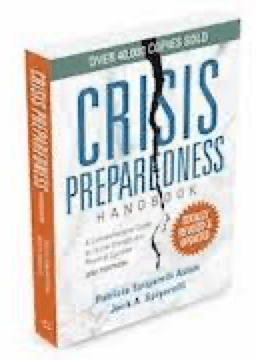
| Find out more about storing and preserving foods in Crisis Preparedness Handbook, Third Edition (2020). If you don’t already have a copy, you can find it here on my website CrisisPreparedness.com. Or, read it on Amazon in the Kindle version or hard copy version. |
